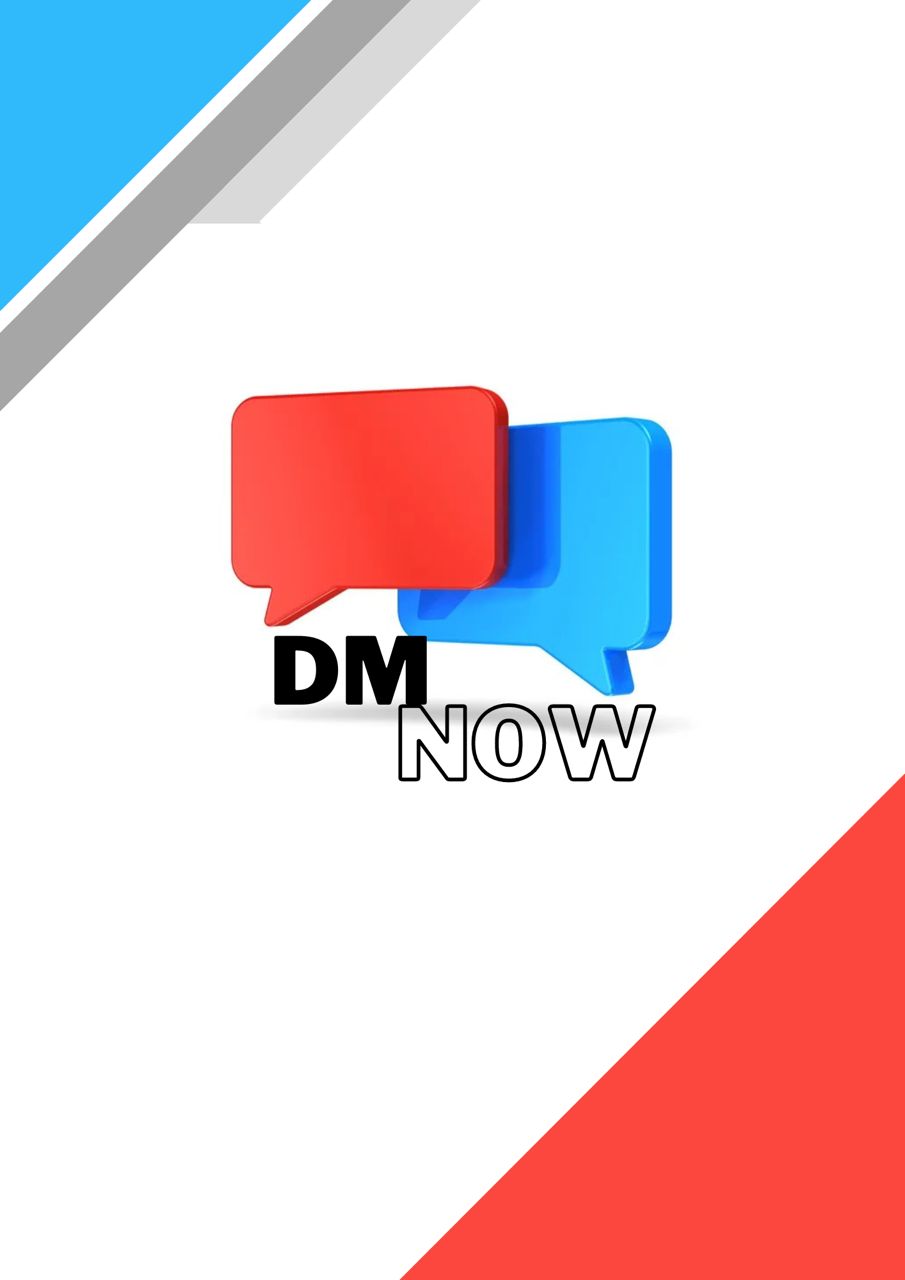Riding the Waves of Challenges: A Team's Journey in Creating a Direct Messaging App on Jira.
 Kabiru Omokhabi
Kabiru OmokhabiTable of contents

Our team had just been tasked with creating a direct messaging app on Jira. We were excited about the project and couldn't wait to get started. As product managers, we knew that the key to the project's success would be to prioritize and organize the backlog into sprints.
We started by creating a new project named “DmNow” on Jira, and then we invited our team members to join the project. We then created a product backlog and prioritized the backlog based on the user stories' importance to the project's overall success. We used the MoSCoW prioritization technique, which helped us identify the must-have, should-have, could-have, and won't-have features.

With the product backlog prioritized, we then organized the backlog into sprints. We estimated the effort required to complete each post and assigned it to the appropriate sprint. We made sure that each sprint backlog was achievable and that it included the highest-priority user stories.
As we progressed through the sprints, we ran Scrum ceremonies, such as sprint planning, daily stand-ups, sprint reviews, and sprint retrospectives. These ceremonies allowed us to ensure that the team was aligned, and the project was on track. We also used various tools, such as Jira dashboards and reports, to monitor the team's progress and identify any issues that needed to be addressed.
One of the key challenges we faced during the project was prioritizing user stories. With so many user stories to consider, it was difficult to determine which ones were the most important. To overcome this challenge, we involved stakeholders in the process and used the MoSCoW prioritization technique to identify the must-have features.
Another challenge we faced was estimating effort. With new technologies and processes, it was difficult to accurately estimate the effort required to complete each user story. To address this challenge, we broke down the user stories into smaller tasks and estimated the effort required for each task.
Communication and collaboration were also challenging, especially when working remotely. To address this challenge, we used collaboration tools, such as Slack and Google meet, to ensure that all team members were on the same page.

As we approached the end of the project, we took a retrospective to reflect on our team's process and identify areas of improvement. We discussed what went well, what didn't go well, and what changes we could make in the next project. We also took a product backlog refinement retrospective to ensure that we had a well-prioritized and refined backlog before moving on to sprint planning.

In the end, we successfully delivered the direct messaging app on Jira. It was an exciting and challenging project, and we were proud of what we had accomplished as a team. We had learned a lot about the Scrum framework, prioritizing user stories, and working collaboratively, and we knew that these skills would serve us well in future projects.
Subscribe to my newsletter
Read articles from Kabiru Omokhabi directly inside your inbox. Subscribe to the newsletter, and don't miss out.
Written by
